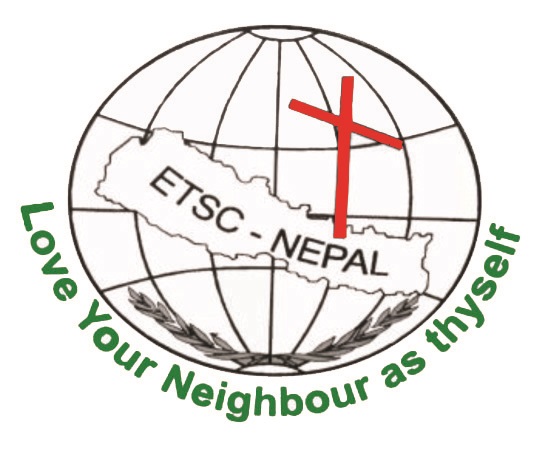- Structures and Functions:
Currently in Nepal there is no single authority responsible for the overall implementation, monitoring and coordination of child protection at national and local levels. The principal responsibility of child protection falls with the social welfare (child welfare) sector – divided between the Ministry of Women, Children and Social Welfare (MoWCSW), the Department of Women and Children (DWC) and the Central Child Welfare Board (CCWB). Local bodies under various sectors are also charged with protecting children, including Chief District Offices (CDOs), District Development Committees (DDC), District Child Welfare Boards (DCWB), Municipalities, Village Development Committees (VDC), Village Child Protection Committee (VCPC), Ward Development Committees (WDC), and Ward Child Protection Committees (WCPC).
- Child protection should be mainstreamed in national plans and budgets. Interventions proposed in the National Plan of Action on Children and future Child Protection Operational Plan should be included in the National Periodic Plans and Annual Budgets of each respective sector. Costing of child protection policies are pivotal to provide the Government of Nepal a clear indication of required budgetary allocations by sector, as well as, to steer phased, meticulous and cost-effective implementation over the budget cycle.
- Child protection needs to be prioritized in local plans and budgets under existing multi-sectoral frameworks: Local Self-Governance Act, Local Governance and Community Development Programme (LGCDP) Guidelines and Child-Friendly Local Governance (CFLG) Operational Guidelines. Child protection needs to be adequately reflected in LGCDP and CFLG indicators, data collection, planning and monitoring tools. Relevant Child Protection stakeholders, including DCWB, CWO, CRO, VCPC should engage more to mobilize local resources for activities related to protection of children.
- Partnerships with the private sector including I/NGOs to be strengthened for resource mobilization. Partnerships with the Chamber of Commerce and Industry, the private sector including private sector professional associations and relevant I/NGOs should be sought at national and local levels.
- Child protection resource allocation should not be limited to budget allocation for the Ministry of Women, Children and Social Welfare, but also earmarked resources need to be part of the budget of other relevant ministries/sectors including education, health, justice and labor.
ETSC priorities some of the strategies and action plan to be implemented in the communities:
- Parents Awareness & Alertness to use of Internet Media.The Internet, mobile phones become the easy media that provides children and young people access to information, culture, communication and entertainment. With many of their extraordinary benefits, however, come hazards. The Internet and associated technologies have made abusive images of children easier to create and distribute, and provide significant new opportunities for abusers to access and make contact with children and young people online.
Building safer Internet access is integral part of safeguarding of children/adolescence. Parents should guide, monitor their children’s use of internet.
Enhancing the capacity of children, adolescents, guardians, teachers, political and social pioneers, organizations etc. and mobilizing them to bring about changes in the mindset and practices that promote child marriage.
 In collaboration with government and development partners, identifying and allocating sources, enhancing institutional capacity to help girl children access services and to address problems as well as for effective mobilization.
In collaboration with government and development partners, identifying and allocating sources, enhancing institutional capacity to help girl children access services and to address problems as well as for effective mobilization.  Empowerment of girls and adolescents according to their areas of interest for carrier development.
Empowerment of girls and adolescents according to their areas of interest for carrier development.Ensuring quality education for girls and adolescents in order to develop harmonious family where children fulfil their duties to serve parents at the time of their retirement.
To protect and promote the rights of children and adolescents, government agencies should be functional to respond issues and address it.
Creating a child and adolescent friendly environment within home, school, community and public sector.
To end all forms of violence, discrimination, abuse, exploitation and neglect against children and adolescents, including physical and mental. In the areas of entertainment i.e. film, advertisement, Restaurant, Bar, Circus.
Ensure access to legal remedies for girls whose rights are violated as a result of child marriage by introducing appropriate laws, raising legal awareness, providing legal counselling and legal aid, and enforcing penalties for violations of the law.
Protect stateless children with laws that provides protection against all forms of violence, including sexual violence, require birth and marriage registration, determine property rights, and ensure equal citizenship rights and other relevant laws.
Introduce legal reform recognizing marital rape as a punishable offence without establishing an agelimit for its recognition as a crime and
without prescribing a lesser punishment for marital rape.Girls, adolescents, and young women must have access to stigma-free sexual and reproductive health and rights information and
services.Girls, adolescents and young women must be able to make their own decisions about their sexual and reproductive health and rights free from discrimination, coercion and violence, including the right to choose when and who they get married to.
Nepali Churches should conduct learning sessions about Culture, Family and faith as it is normally going on with Christian families too influenced by world which is impacted by various means and reason behind it. For Christian family this should come first Faith, Family and than Culture (Culture, family and faith is a roughly drafted resource waiting to be printed and few churches conducted this learning session: Prepared and facilitated by; Surya Prakash Rai)


Leave a Reply
Want to join the discussion?Feel free to contribute!